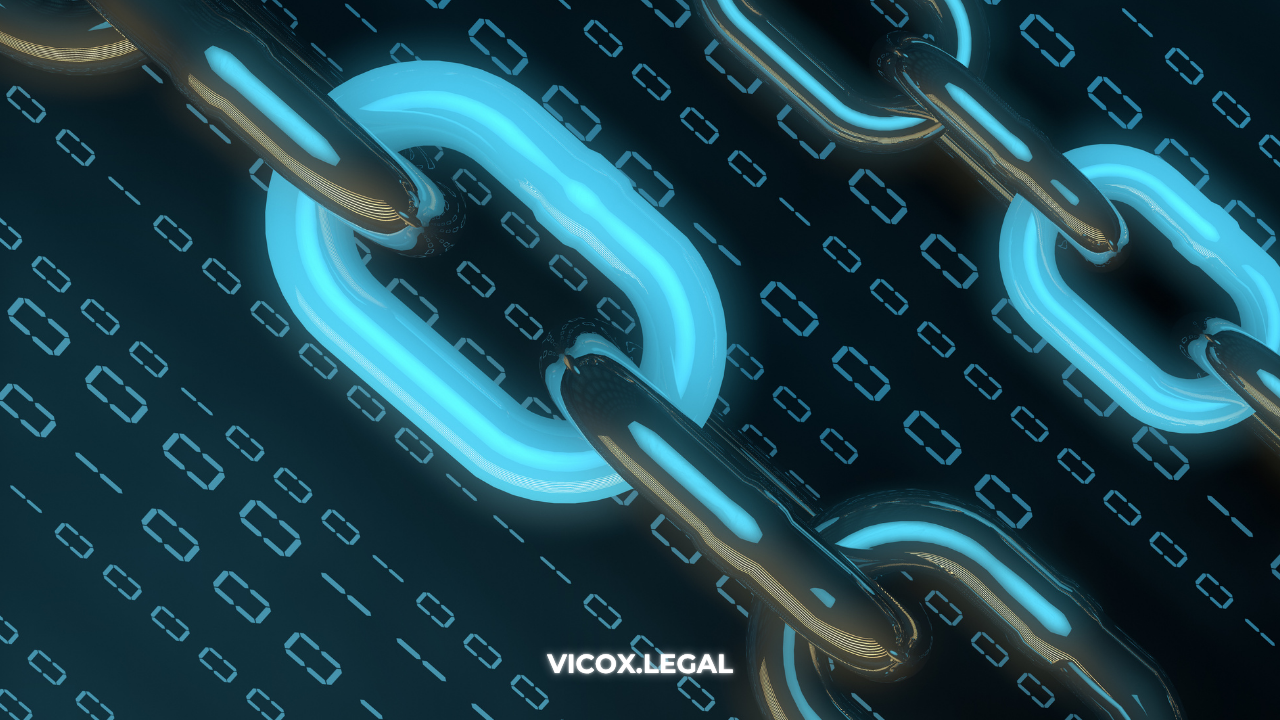
We can define Artificial Intelligence (hereinafter, AI) as the discipline responsible for creating certain algorithms to incorporate them into systems with sufficient capacity to simulate human behavior and mind. A first approach to AI is found in the work of Alan Mathison Turing (1912-1954) after the publication of the Turing Test, which asked questions simultaneously to a computer and a subject and, while this was happening, an evaluator would have to determine which answer belonged to each of them, so that in case of wrongly identifying the origin of the answer regarding the subjects, the aptitude of the computer to emulate human behavior would be demonstrated.
The term, however, was eventually coined by John McCarthy (1927-2011) during the Dartmouth conference, which would mean the growth of AI until today, being able to highlight the publication of the first application that would allow voice recognition by the hand of Google in 1997 or the creation, in 2017, of the ginoid Sophia, developed by Hanson Robotics and which becomes for the first time the first robot to acquire nationality, which represents a considerable approach to the human race and its influence on the legal system by specifying its regulation, currently contained in the Proposal for a Regulation of the European Parliament and of the Council laying down harmonized rules in the field of Artificial Intelligence and amending certain legislative acts of the European Union.1.
Before continuing, it is important to point out that AI is composed of three basic components:
Dynamic data: systems must store a wide range of information in order to act under different assumptions.
Fast operation: AI is characterized by its speed and efficiency, so it must be composed of robust systems and connections that facilitate the rapid transmission of information.
3.Decision adaptation principles: intelligent systems will make decisions based on their learning algorithms.

Once the basic characteristics of AI have been contextualized and determined, the following question can be answered: what are the applications of Artificial Intelligence in the legal sector?
The characteristics of AI allow its application in sectors such as Public Administrations -whose technological applications have been described in previous articles-, and in the Administration of Justice, characterized by the application of emerging systems equipped with Artificial Intelligence that collaborate and contribute to streamline certain procedures.
First of all, we can point out the COMPAS system , of English origin and whose acronym refers to Correctional Offender Management Profiling for Alternative Sanction, translated as Correctional Offender Management Profiling for Alternative Sanction . This system is nothing more than an automated software whose purpose is to assist in decision support by means of algorithms through a previous risk assessment. The procedure consists of giving a form to those persons who are arrested where they have to answer a total of 137 questions3 , in which it is intended to know from the person's background to his current situation, way of life, thinking, behavior, etc. In this way, through the answers provided by the subject, the program can determine the degree of dangerousness, the viability of recidivism and then proceed to their qualification.
Secondly, we find RLL, an online litigation center, which aims to simplify the resolution of disputes between buyer and businessman, promoting secure purchasing by supporting the consumer. This system is limited to out-of-court procedures. Like the intelligent systems described above, it is characterized by the agility and simplification of the procedure, initiated by the presentation and subsequent admission of the claim. If the claim is admitted, a period of ninety days will be computed in which it is possible to opt for reaching an agreement between both parties, in which case the subject filing the claim can talk directly with the company through a communication system established for this purpose. If either of the parties declines the consultation period, it is possible to go directly to the conflict resolution bodies,9 characterized by the intervention of a third person outside the process and the interests of both parties in order to reach an advantageous agreement.
Along the same lines, we also find programs such as Omni:us, focused especially on insurance companies.
Thirdly, in terms of conflict or dispute resolution, we find Jur: Decentralized Justice, a platform dedicated to guaranteeing a method of resolving conflicts arising from contracts or legal situations that has allowed, thanks to its telematic management, a reduction of up to 80% of the time and 20% of the costs of an ordinary procedure. In the same idea we find Kleros: The Protocol of Justice, an online dispute resolution program using blockchain technology and whose operation is particularly relevant. In this, the parties must agree in the contract that, in the event of a dispute, they will submit to the Kleros system. This system is limited in three areas: e-commerce, transport and insurance. In the event of a dispute, its operation is simple: acceptance clause, review of the contract (sent to the network in encrypted form), selection of the jury, analysis, voting and redistribution of profits or tokens.
Moving on to national systems, we find Luminance, considered one of the most developed systems with respect to the impact of AI in the legal sector due to its characteristics: instantaneousness, efficiency, versatility and renewability. In this line, the capabilities of the system allow its adaptation to any subject or company, so that its orientation is not delimited, being able to be used by other professionals or companies independently. In addition, the system is available in the cloud, which allows professionals to use it from any electronic device and without time constraints.
Finally, another of the most recent examples of the impact of AI is the creation of ChatGPT, developed by the company OpenIA, which is being applied in the creation of draft communications or contracts of a legal nature, thus allowing a considerable reduction in time.




